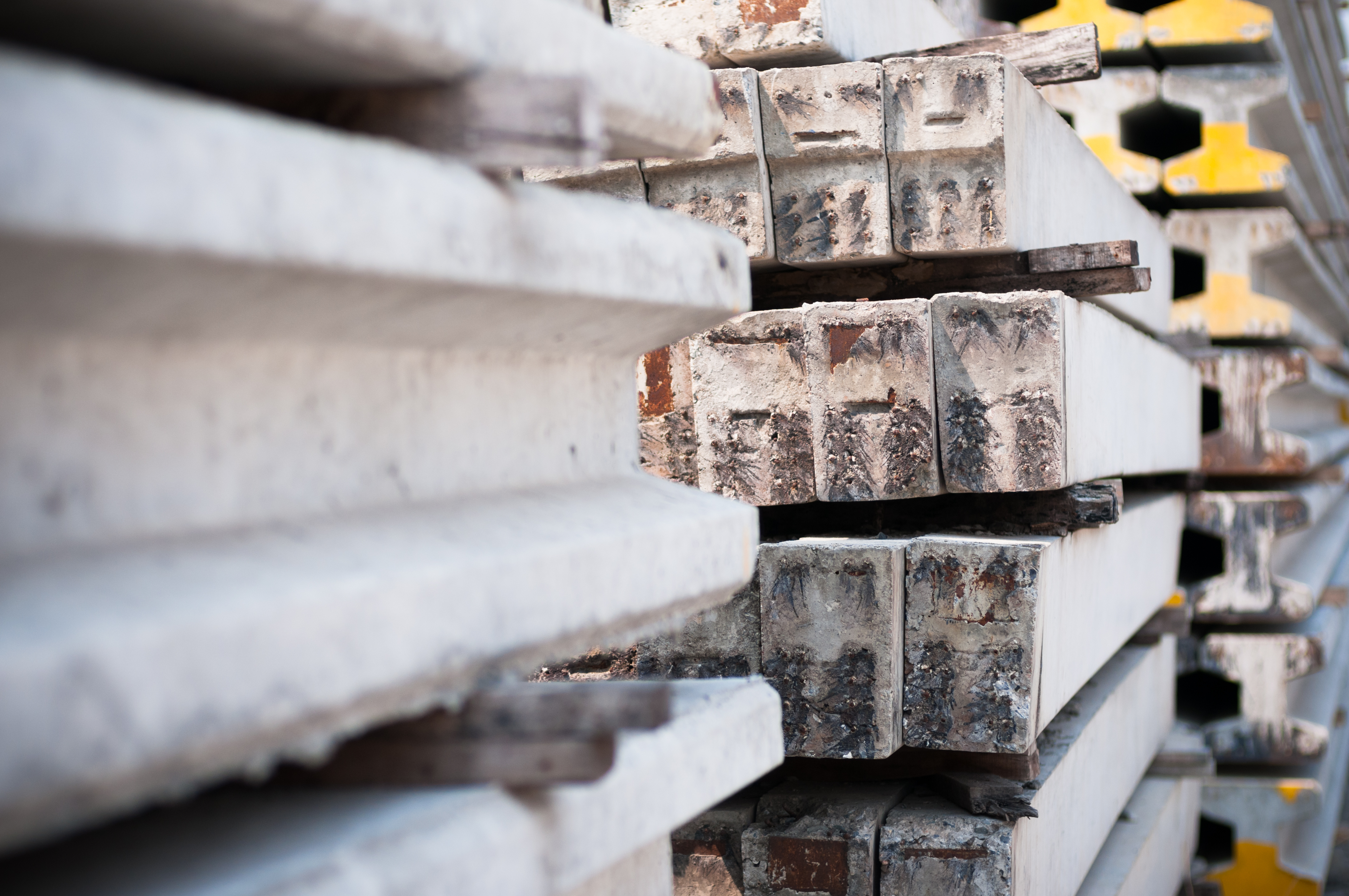Process control and management design of a shop making moulds for concrete-moulding machines
The customer has been buying moulds in Germany and Poland. The principal driver of the project was the growing exchange rate of foreign currency and hence, the rising price of the moulds, resulting in the higher costs of the end products.
A search for manufacturers of similar moulds in Russia evidentiated that no one in the country was able to provide the quality needed by the customer. Therefore, it was decided to consider launching own production.
INFORMATION ABOUT THE PROJECT
- Customer:
A nationwide multisector group of companies - Provider: Pumori-Engineering Invest
The complexity of making the moulds is due to their large dimensions, high requirements for the quality of surfaces and thermochemical treatment. At the same time, stringent limitations were applied to the production cost.
It was necessary to perform process control design of the production and validate its results through a planning proof run and prototyping with subsequent production tests.
The proof run required some unique equipment. For example, milling of the mould block was done in a five-axis bridge-type machining centre, which had been delivered by our company to a client of ours. The thermochemical treatment was done abroad because of lack of the needed, rare and sophisticated, equipment in this country (a special automated line providing normalizing, casehardening, tempering, and cryoquenching). Even the work material was purchased abroad, since in Russia all attempts to buy material of the necessary grade and an adequate quality in a small lot at an acceptable price within a reasonable timeframe failed.
The following process stages were designed: work preparation, machining (with robotization of workpiece mounting/removal and automation of tool storage and issue), heat treatment (with an automated line), welding (with robotization), and assembly.
To determine the quantity of the equipment needed, a mathematical model of the production under design was built and used for simulation.
Project aim
Organization of production of moulds for concrete-moulding machines to be delivered to the group’s companies manufacturing environment improvement elements, and to outside companies as an effort to import-substitute moulds currently bought in Europe.
Part 1. Process control and management design
- Building of a 3D model of the product
- Process design for manufacture of the parts, including the labor performance standard
- Development of specifications for the equipment to be purchased
- Building of a mathematical model of the production under design for simulation to determine the quantities of the necessary equipment by the dynamic method and evaluate the EBA, the production lead time, and the concurrent orders.
 Cutting, clamping and measuring tool requirements calculation
Cutting, clamping and measuring tool requirements calculation- Design of special tooling
- Plant layout planning
- Determination of requirements to equipment installation and connection
- Determination of requirements to production areas
- Drawing up of the bill of equipping the workplaces
- Planning of the production logistics structure
- Drawing up of the bill of intrafactory tare
- Calculation of direct and indirect material consumption
- Calculation of energy consumption by the equipment being purchased
- Design of an optimum organization and staff structure and staff sizing
- Preparation of preproduction process automation proposals
- Preparation of production process control automation proposals
- Development of production staff training programs
- Setup of the project implementation time schedule
- Project implementation costing
Part 2. Manufacture of a prototype according to the process designed
- Search for producers of the materials
- Search for machining providers
- Search for thermochemical-treatment providers
- Purchase of blanks
- Purchase of cutting tools
- Development of NC programs for CNC machinery
- Prototyping
- Pilot testing
- Process adjustment following the prototyping
- Performance parameters adjustment following the prototyping
Project result
A shop has been designed that is able to make European-quality products within the market value framework as estimated by the customer.
Manufacture processes unique for Russia have been developed. The project results have been verified by practice.

